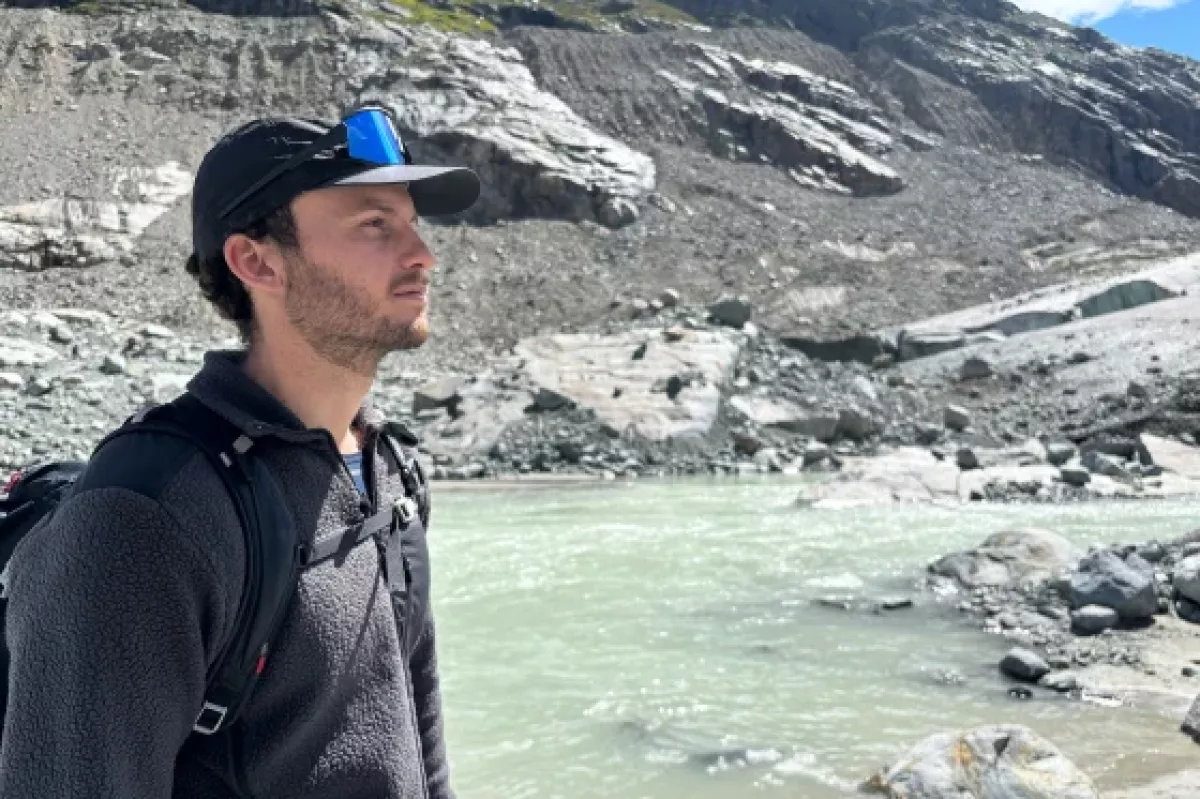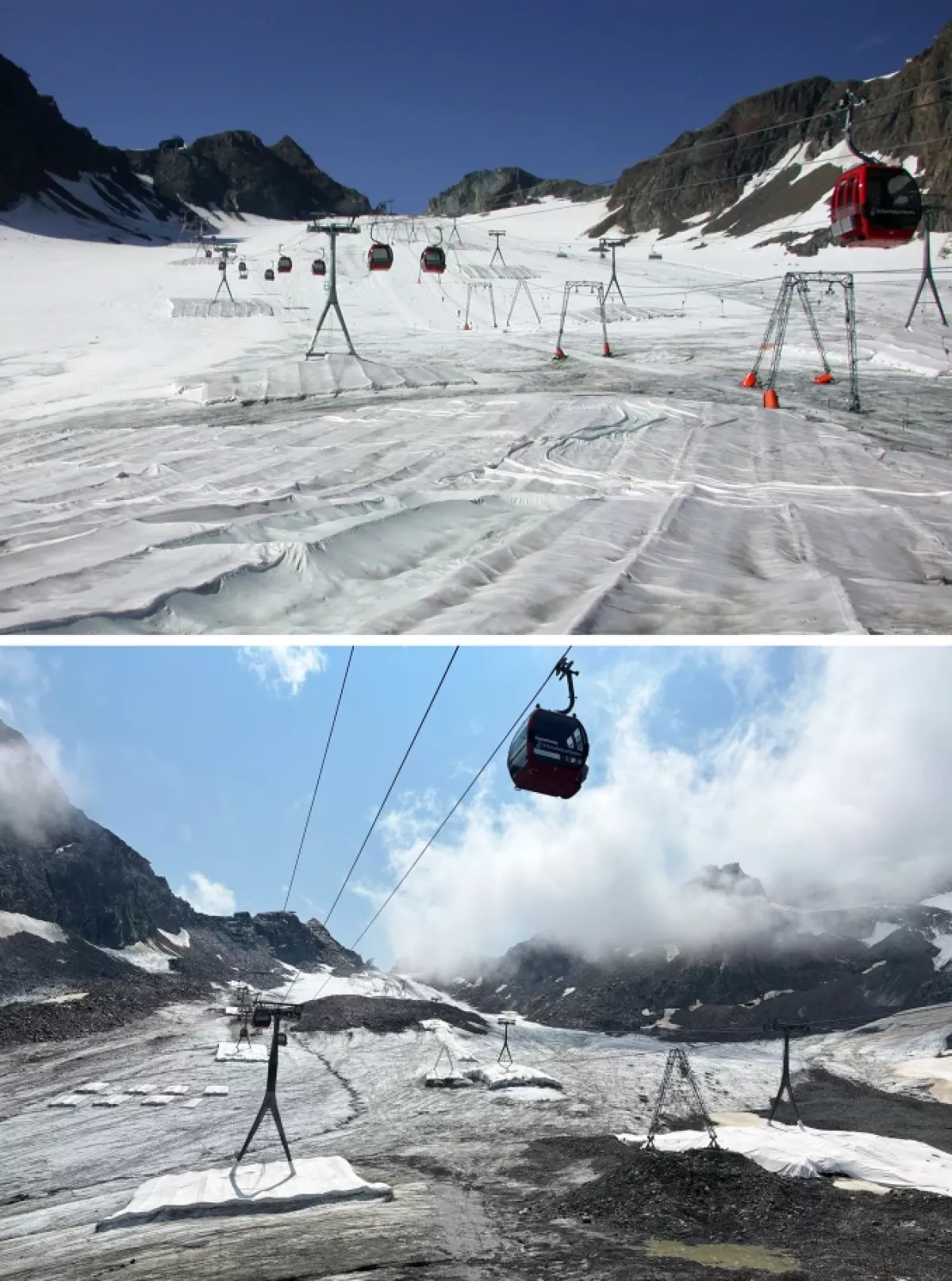Alpine glaciers: Disappearing giants of Europe
In a comprehensive feature, NBC News paints a vivid picture of Europe’s vanishing glaciers, with the Morteratsch in Switzerland and Stubai in Austria as haunting case studies of climate change in action. Written with on-the-ground reporting and scientific insight, the article documents not only the breathtaking pace of glacial retreat but also its cascading consequences for Alpine communities, global sea levels, and humanity’s struggle against warming temperatures.
At the heart of the article are two voices: Leo Hösli, a doctoral researcher on Morteratsch, and Andrea Fischer, vice-director of Austria’s Academy of Sciences’ Institute for Interdisciplinary Mountain Research.

Their perspectives ground the abstract notion of global warming in stark, lived reality. Hösli recounts how his glacier stakes vanished within weeks: “They’ve melted out or collapsed under these parts of the ice cave that have fallen down… It’s just too warm for the glacier to exist at this state right now.”

Fischer, meanwhile, highlights the imminence of collapse, warning: “One-third of Austria’s glaciers will vanish in the next five years.” These quotations provide urgency and human credibility to scientific projections.
The article situates Europe as the epicenter of glacial loss, noting that glaciers in the Alps and Pyrenees have already lost about 40% of their mass since 2000, according to a landmark Nature study.
The years 2022 and 2023, both record-breakers in global temperatures, coincided with peak loss. This correlation underscores the direct link between human-induced warming and glacial decline, while reinforcing the Alps’ role as climate indicators. By focusing on Europe, the article highlights both a symbolic and practical crisis: glaciers that once defined Alpine landscapes and economies are vanishing before our eyes.
Hösli describes “rocks clattering down the valley walls, the constant roar of meltwater,” making the phenomenon visceral rather than distant. Similarly, Fischer’s description of muddy tracks replacing snowy paths shows the human experience of glacial retreat.
The piece also emphasises consequences beyond aesthetics or symbolism. Glacial meltwater sustains agriculture, tourism, and drinking supplies across Europe. Its retreat destabilises permafrost and slopes, leading to deadly landslides, as seen in Neustift, Austria, and Blatten, Switzerland.

These examples illustrate that climate change is not just about distant ice sheets or sea-level rise—it is about safety, livelihoods, and economic stability. In highlighting these ripple effects, the article situates glaciers within a global chain of consequences, culminating in rising seas that affect the entire planet.
Fischer’s reflections on attempts to slow glacier loss add another layer to the narrative. She recounts experimenting with snowmaking and reflective glacier “plasters” two decades ago, only to conclude:
“There is no possibility to save glaciers without saving the climate.”
Her words echo the broader consensus that emissions reduction is the only path to meaningful change.
The piece also positions Europe’s crisis within a geopolitical frame, noting that the U.S. withdrawal from the Paris climate agreement significantly undermined global climate efforts.
By linking local glacial collapse to international climate policy, the article underscores the interconnectedness of environmental decisions. Austria’s 3.1 degrees Celsius warming since 1900—twice the global average—shows how regional disparities amplify the crisis.
Hösli insists, “It’s not a completely lost cause for me. There still is hope and there’s still something we can do… It’s too early to give up.”
Fischer echoes the same sentiment by framing the next 20–50 years as pivotal, a window in which humanity must act decisively.
By Sabina Mammadli








